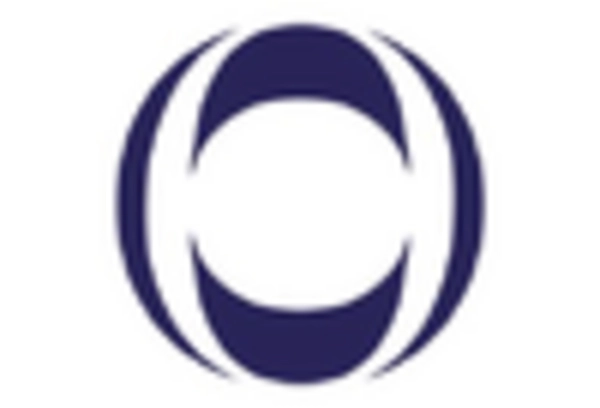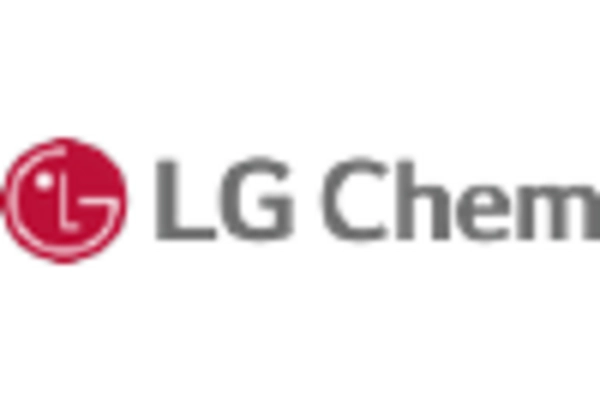Expansion of the Construction Sector
The ongoing expansion of the construction sector in the US is a key driver for the styrenic polymers market. With the increasing investment in infrastructure and residential projects, the demand for materials that offer durability and versatility is on the rise. Styrenic polymers are favored for their excellent mechanical properties and resistance to environmental factors, making them suitable for a variety of construction applications. According to recent data, the construction industry is projected to grow at a CAGR of approximately 5% over the next few years, which will likely enhance the consumption of styrenic polymers in applications such as insulation, roofing, and flooring. This growth in construction activities is expected to significantly impact the styrenic polymers market.
Technological Innovations in Polymer Processing
Technological innovations in polymer processing are playing a crucial role in shaping the styrenic polymers market. Advances in processing techniques, such as 3D printing and injection molding, are enabling manufacturers to create complex shapes and designs with greater efficiency. These innovations not only enhance the performance characteristics of styrenic polymers but also reduce production costs. For instance, the adoption of advanced injection molding techniques can lead to a reduction in cycle times by up to 30%, thereby increasing overall productivity. As manufacturers continue to invest in these technologies, the styrenic polymers market is likely to experience growth driven by improved processing capabilities and product offerings.
Rising Consumer Demand for Lightweight Materials
The increasing consumer preference for lightweight materials in various applications is driving the styrenic polymers market. Industries such as automotive and packaging are particularly influenced by this trend, as lightweight materials contribute to improved fuel efficiency and reduced transportation costs. In the automotive sector, for instance, the use of styrenic polymers can lead to weight reductions of up to 20%, which is significant in enhancing vehicle performance. Furthermore, the packaging industry is adopting these materials for their ability to provide durability while minimizing weight. This shift towards lightweight solutions is expected to propel the demand for styrenic polymers, as manufacturers seek to meet consumer expectations for efficiency and sustainability.
Growth in Electronics and Electrical Applications
The growth in electronics and electrical applications is a significant driver for the styrenic polymers market. With the rapid advancement of technology and the increasing demand for electronic devices, materials that offer excellent electrical insulation and thermal stability are essential. Styrenic polymers are widely used in the production of components such as housings, connectors, and circuit boards due to their favorable properties. The electronics industry is projected to grow at a CAGR of around 6% in the coming years, which will likely boost the demand for styrenic polymers. As manufacturers seek materials that can meet the stringent requirements of modern electronics, the styrenic polymers market is expected to benefit from this upward trend.
Increased Focus on Recycling and Circular Economy
The growing emphasis on recycling and the circular economy is influencing the styrenic polymers market. As environmental concerns gain traction, manufacturers are increasingly looking for ways to incorporate recycled materials into their products. Styrenic polymers, known for their recyclability, are becoming a preferred choice for companies aiming to reduce their environmental footprint. Recent studies indicate that the recycling rate for styrenic polymers could reach 50% by 2030, driven by advancements in recycling technologies and consumer awareness. This shift towards sustainable practices is expected to create new opportunities within the styrenic polymers market, as companies align their strategies with the principles of a circular economy.

















Leave a Comment